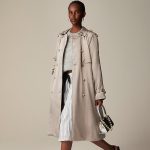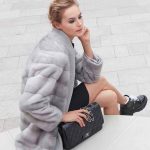Importance of a Quality Rain Coat
When skies gray over, a quality rain coat is vital. It shields you from downpours, keeping you dry and comfortable. More than a simple layer, a good rain coat serves as a barrier. It defends against wind, rain, and cold. Investing in a quality rain coat pays off. You stay protected, and your clothes remain dry underneath. Additionally, high-quality rain coats endure through seasons. They resist wear and tear better than cheaper options. In heavy rain, a quality coat turns dismal wetness into a minor inconvenience. It turns what could be an uncomfortable outing into just another day. Safety is also a factor. In extreme weather, a reliable rain coat can be lifesaving. It keeps you warm, which is crucial in avoiding hypothermia. A quality rain coat can make all the difference in both comfort and safety.
Different Types of Rain Coats
When searching for the perfect rain coat, one must understand the various types available. Each offers unique features and benefits to suit different needs.
Waterproof Rain Coats
Waterproof coats are the staple for heavy rain. These coats have materials and seals that block all water. Their design is to keep you completely dry, no matter how torrential the downpour.
Water-Resistant Rain Coats
Water-resistant coats offer protection for light rain. They can repel water to an extent but may not hold up under a heavy downpour.
Breathable Rain Coats
Breathable types allow airflow to keep you from sweating. They are ideal for active wear, balancing rain protection and ventilation.
Packable Rain Coats
Packable coats are lightweight and fold into themselves. They are easy to carry, making them perfect for travelers and hikers.
Insulated Rain Coats
Insulated rain coats provide extra warmth. They combine rain protection with insulation, suitable for colder, wet weather.
Trench Rain Coats
Trench coats are stylish and practical. With a longer length, they offer more protection and a classic look.
Poncho Style Rain Coats
Ponchos are the most simplistic type. They slip over the head and generally provide ample coverage, a quick and easy solution.
Each type of rain coat serves a purpose, whether for daily commutes, outdoor adventures, or formal occasions. Always consider the conditions you’ll face before selecting a rain coat. This way, you’ll stay dry, comfortable, and ready for whatever the weather throws your way.
Materials and Fabric Technology
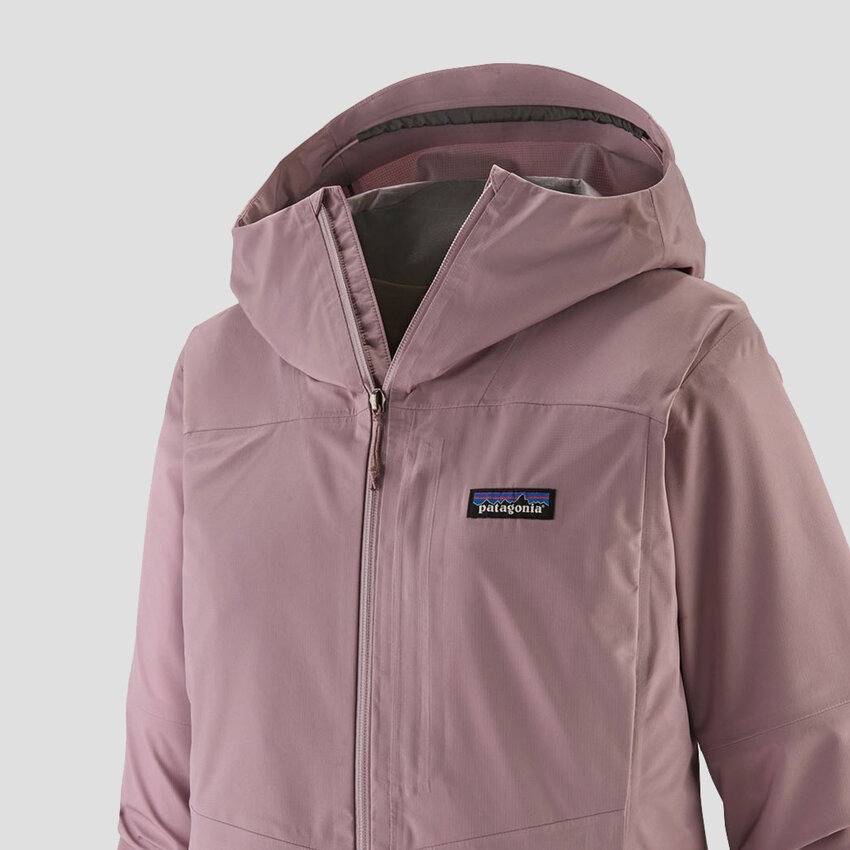
The materials used in a rain coat determine its effectiveness. Advanced fabric technology makes modern rain coats more durable and effective. Here are some common materials used:
- Gore-Tex: This material is known for being waterproof and breathable. It allows sweat vapors to escape. This keeps you dry from both rain and sweat.
- Polyurethane: A coating of polyurethane on fabric ensures water resistance. It’s a common choice for lightweight rain coats.
- Nylon: Nylon is durable and water-resistant. Some nylon rain coats have additional waterproof coatings.
- Polyester: Polyester is also widely used for rain wear. It’s typically treated with water-repellent finishes.
These fabrics often incorporate seams that are taped or welded. This technology further prevents water from seeping in. In addition, many rain coats have a Durable Water Repellent (DWR) coating. This coating adds another layer of protection. It lets rain beads off the surface of the fabric.
By choosing a rain coat with the right materials and technology, you ensure better protection. Higher quality materials typically mean a higher price. However, it’s worth considering how often you’ll use the rain coat. Durable, technologically advanced materials stand up to repetitive use. This results in a longer-lasting coat.
Essential Features to Look For
When choosing a rain coat, some features are essential for optimal performance and comfort. Here’s what to keep in mind:
- Waterproofing: Look for a coat that guarantees waterproofing. Closely check the label for this feature.
- Breathability: It’s important to stay dry without overheating. Opt for materials that allow your skin to breathe.
- Sealed Seams: Ensure that the coat has sealed seams to prevent water from leaking inside.
- Hood: A hood with a good fit protects your head and face from the rain.
- Adjustable Cuffs: Adjusting the wrist area can prevent water from entering the sleeves.
- Pockets: Look for securely sealed pockets to safeguard your possessions from the rain.
- DWR Coating: A Durable Water Repellent (DWR) coating is a plus. It helps water to bead off the surface.
- Venting: Underarm vents or back vents help release excess heat during physical activity.
Each of these features contributes to the overall functionality of your rain coat. With the correct features, a rain coat can be a reliable ally against the elements. Make sure your chosen coat ticks off these essentials, and you’ll be set for any wet weather.
Size and Fit Considerations
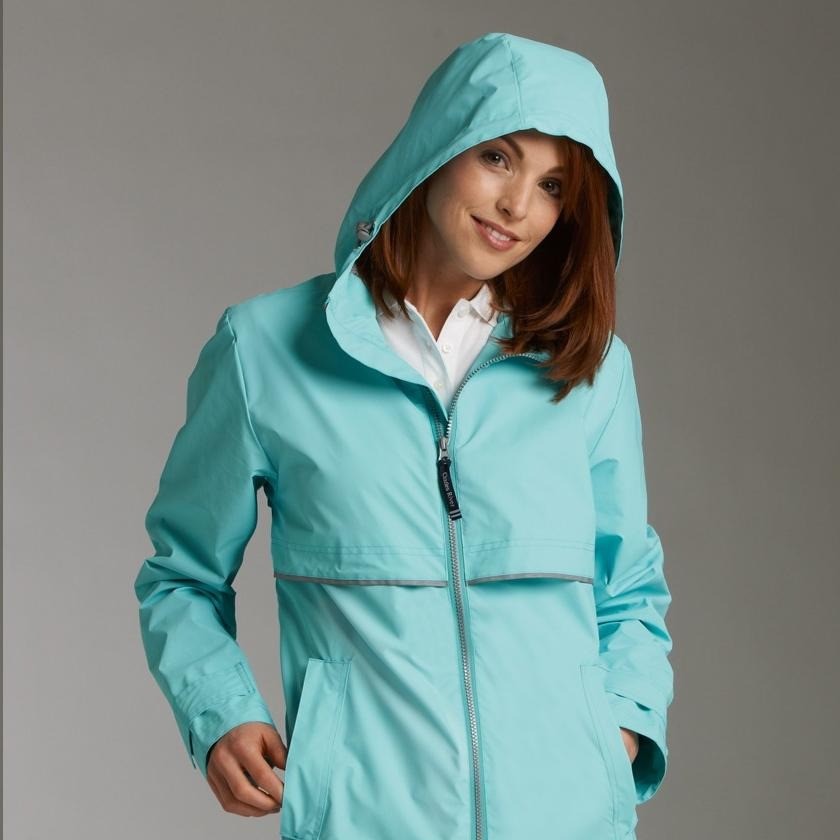
When it comes to staying dry in the rain, the size and fit of your rain coat are critical. A properly fitted rain coat will ensure not only comfort but also full protection during wet weather. Here’s what you need to consider for the right fit:
- Proper Length: A coat that’s too short may not cover you adequately, while one that’s too long could restrict movement. Aim for a length that covers your hips for a balance of protection and freedom.
- Room for Layers: You might wear your rain coat over other clothing. Ensure there’s enough space to layer without being too bulky or constricting.
- Sleeve Length: The sleeves should be long enough to cover your wrists, but not so long they get in the way. Adjustable cuffs are a bonus for a snug fit.
- Ease of Movement: The coat should allow for easy arm movement and bending without lifting at the waist. Test this by simulating movements you’d do outdoors.
- Hood Fit: If equipped with a hood, it should sit comfortably on your head. Can you adjust it for a more secure fit? This helps in windy conditions.
- Check the Shoulders: Ensure the coat’s shoulders do not restrict arm movement; this is important for comfort.
It’s also wise to try on the rain coat with the types of clothes you expect to wear underneath. By doing so, you’ll get a realistic feel for the fit and can adjust accordingly. Keep in mind that different brands may have varying size charts, so always refer to the specific brand’s guide when choosing your rain coat.
Style and Design Options
When selecting a rain coat, style and design are also key. They affect how you look and feel. Here are some style elements to consider:
- Color: Bright colors or reflective details add visibility in bad weather. Neutrals blend with work attire.
- Cut: A fitted cut looks sharp and modern, whereas a relaxed fit might offer more comfort.
- Length: Short jackets are casual and convenient. Long coats provide more coverage and can look more formal.
- Detailing: Features like drawstrings, buttons, and zippers can add both style and function.
- Versatility: Some rain coats have detachable liners or hoods, allowing changes with the weather.
Choose a design that suits your taste and lifestyle. For example, if you cycle, a longer back hem provides extra protection. If you’re outdoors often, a coat with a hood and sturdy fastenings is better. Your rain coat can help express your personal style while keeping you dry.
Remember to balance aesthetics with practical features. A stylish rain coat that doesn’t protect well isn’t worth it. Look for a rain coat that has both the style you want and the features you need. This way, you can face rainy weather with confidence and flair.
Top Recommended Brands
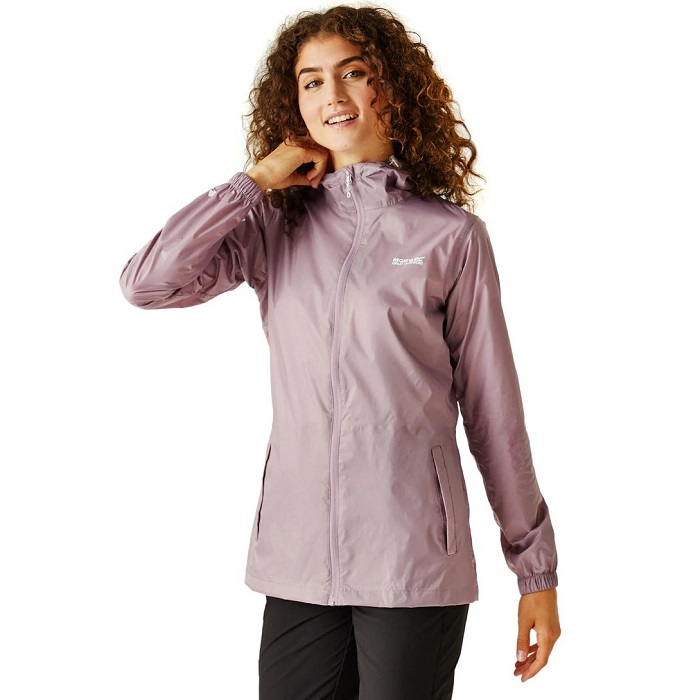
When you’re in the market for a new rain coat, brand reputation and quality make a significant difference. High-quality brands not only ensure durability but also incorporate the latest in rainwear technology. Here are some top recommended brands that have made their mark in the rain coat industry:
- Patagonia: Known for sustainability and outdoor gear, Patagonia offers rain coats that are both durable and environmentally friendly.
- The North Face: This brand is synonymous with outdoor adventure. Their rain coats are designed for performance and longevity.
- Columbia: With a range of styles, Columbia provides functional rainwear suitable for various weather conditions and activities.
- Arc’teryx: If you’re looking for high-end technical rainwear, Arc’teryx is known for cutting-edge designs and materials.
- Marmot: Offering quality rainwear at reasonable prices, Marmot is a go-to for many hikers and campers.
- Helly Hansen: With roots in maritime wear, Helly Hansen brings expertise in waterproof technology to their rain coats.
- REI: The in-house brand of the well-known outdoor retailer offers reliable rainwear for casual use and backcountry expeditions alike.
Each of these brands has a strong focus on combining function with comfort. They offer a variety of styles, from packable rain coats to heavy-duty waterproof options. When choosing a rain coat, consider what brand aligns best with your needs and values. Whether it’s for daily urban use or rugged outdoor adventures, you can trust these brands to keep you dry and protected.
Maintenance and Care Tips
Proper maintenance ensures your rain coat stays effective and lasts longer. Here are some care tips:
- Read the Label: Always check the care instructions on your rain coat’s label.
- Wash Appropriately: Some coats are machine washable, others require hand washing. Use mild detergent and avoid fabric softeners.
- Air Dry: Hang your coat to dry. Avoid high heat from dryers that can damage the waterproofing.
- Reapply DWR: Over time, the Durable Water Repellent (DWR) coating can wear off. Reapply it as directed to maintain water resistance.
- Regular Inspections: Check for any tears or damage. Repair them swiftly to prevent further issues.
- Store Correctly: Keep your rain coat in a dry, cool place. Do not fold but rather hang it to avoid creases.
- Avoid Harsh Chemicals: Harsh chemicals can break down the fabric and coating. Stick to gentle cleaners.
Caring for your rain coat is simple, but it makes a big difference. Follow these steps to ensure that your rain coat remains a dependable part of your outdoor gear.

